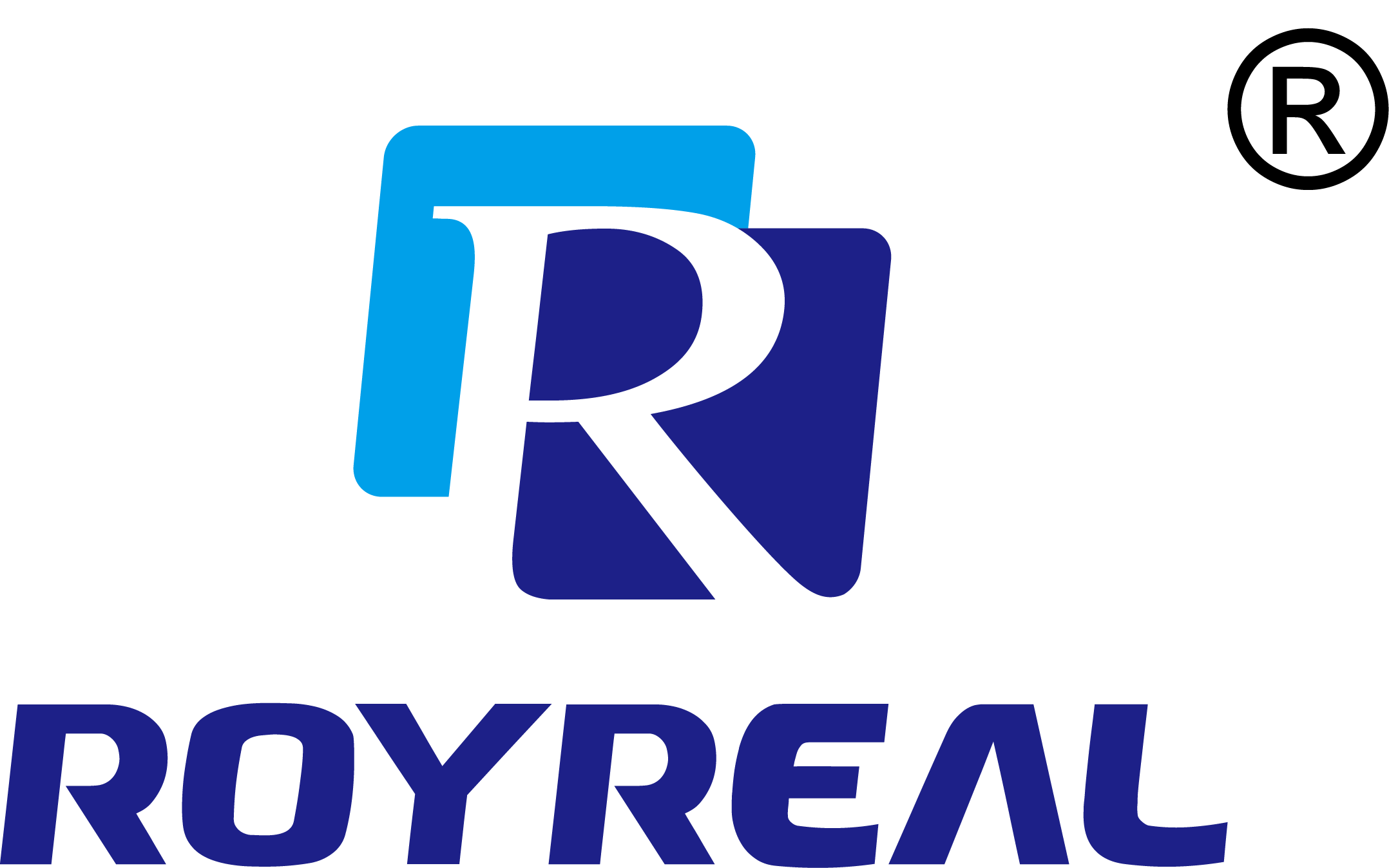Wet Gas Meter Calibration: Ensuring Accuracy in Instrumentation Calibration
Category: Industry News
Time:2024-12-09
Calibration plays a crucial role in maintaining the accuracy and reliability of instrumentation systems. In the field of instrumentation calibration, wet gas meter calibration holds significant importance. Whether it's for industrial or research purposes, the calibration of wet gas meters ensures precise measurements, yielding reliable data for critical applications.
Wet gas meters are specifically designed to measure the flow of a gas-liquid mixture. Calibration of these meters involves a meticulous procedure to guarantee accuracy. Here are some essential aspects of wet gas meter calibration that you should be aware of:
1. Importance of Wet Gas Meter Calibration:
Wet gas meter calibration is vital to ensure accurate measurements of gas-liquid mixtures. Calibration helps in identifying any deviations in meter readings and making necessary adjustments, thereby minimizing errors and uncertainties in subsequent measurements. Proper calibration ensures that the meter offers precise results, enabling users to make informed decisions based on reliable data.
2. Calibration Standards and Procedures:
Wet gas meter calibration requires adherence to specific standards and procedures to achieve accurate results. Internationally recognized calibration standards such as ISO 17025 provide guidelines for the calibration process. These standards outline the requirements for calibration equipment, personnel qualifications, measurement traceability, and uncertainty calculations. Following these procedures ensures the reliability and traceability of the calibration process.
3. Traceability and Measurement Uncertainty:
Traceability is a crucial aspect of wet gas meter calibration. It involves establishing a link between the measurement results obtained from the meter and national or international measurement standards. Traceability ensures that the calibration is performed correctly and the results can be compared and verified. Measurement uncertainty, on the other hand, quantifies the level of confidence in the calibration results, considering various factors like equipment limitations, environmental conditions, and procedural errors.
4. Calibration Frequency:
The calibration frequency for wet gas meters depends on multiple factors, including the specific industry requirements, regulatory standards, and the meter's intended use. Manufacturers often provide recommendations regarding calibration intervals, but it is essential to consider other factors such as the operating conditions, historical performance, and criticality of the measurements. Regular calibration ensures that the wet gas meter continues to deliver accurate results throughout its operational life.
In conclusion, wet gas meter calibration is a critical process in the field of instrumentation calibration. By ensuring accurate measurements of gas-liquid mixtures, calibration plays a vital role in numerous industries, including oil and gas, chemical processing, and environmental monitoring. Adhering to calibration standards, establishing traceability, considering measurement uncertainty, and determining appropriate calibration frequencies are essential for maintaining the accuracy and reliability of wet gas meters.
Keywords:
 EN
EN RU
RU SP
SP
